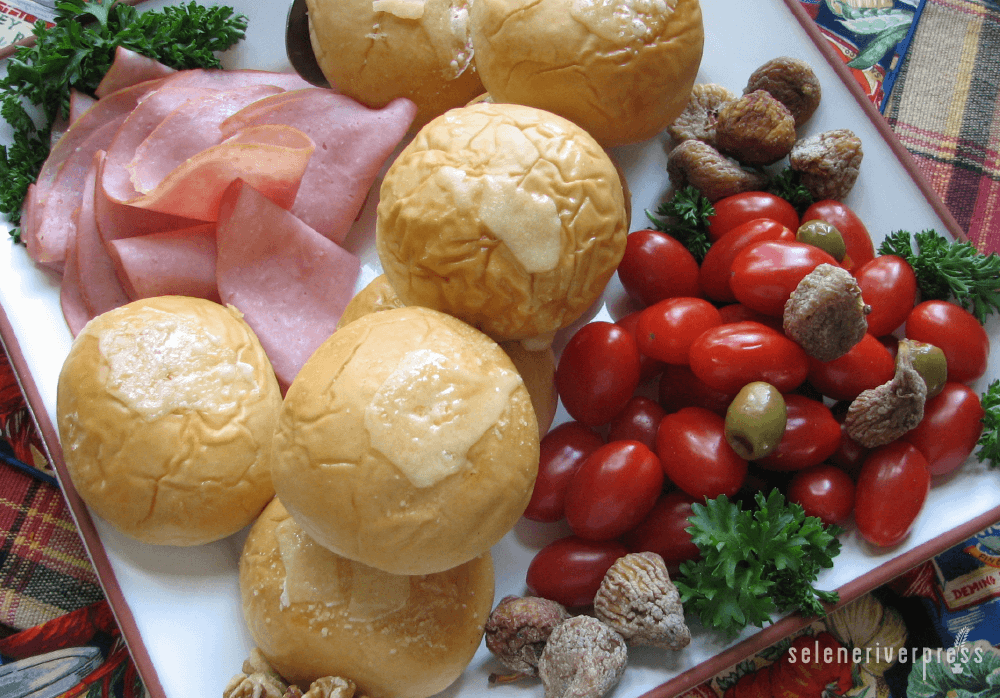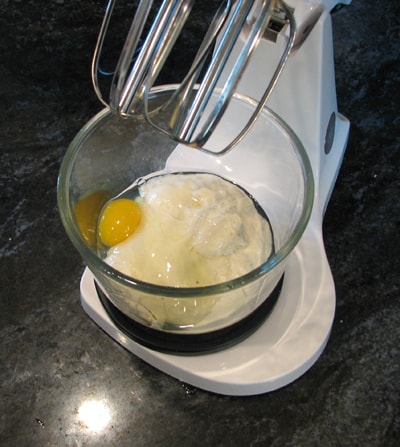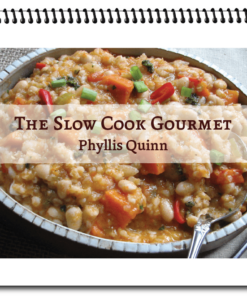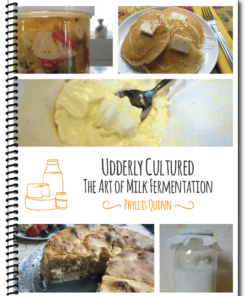First, let’s shed a little light on goat milk and goat cheese. Growing in popularity almost every day, you may have noticed that goat cheese is all the rage. Are you confused about it and how to use it? Do you need suggestions for serving it? Mastering a tried and true recipe is a great way to experience something new, and goat cheese is a perfect example. A few older gentlemen in one of my cheese-making classes told me that they loved having this “go-to” specialty. And they’re still bragging about their accomplishment.
Like them, I know you won’t regret learning how to prepare these easy but elegant (and very French) goat cheese puffs. Vive la gougères!
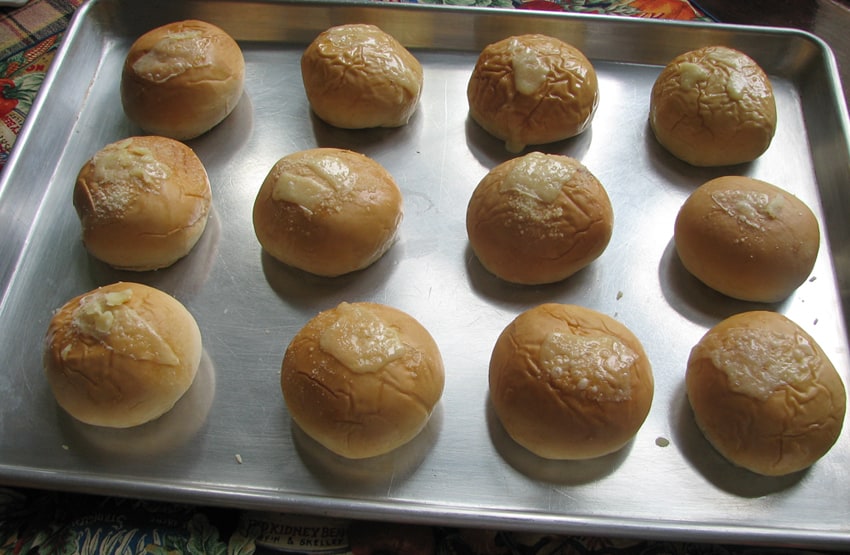
History tells us that dogs were the first animal to be domesticated by humans—and if you guessed cows were the second, you’d be wrong. We originally kept goats for their meat and hides, but by 9,000, BC, goat-keepers realized the animals were even more valuable alive. While cows and even sheep require grass, goats are definitely not as picky or fussy, happily munching on scruffy woods and in areas otherwise unsuited to agriculture. My friend Heidi rents out her goat herd to trim and groom overgrown mountainous pastures where light or even heavy machinery can’t do the job. She—or should I say her goats—get more jobs than you can imagine.
In the West cheese conjures up images of grazing cows, but most other parts of the world favor goat milk and goat cheese. Here are some reasons:
- Goats give more milk per pound of body weight than any other dairy animal.
- Goat milk contains slightly less lactose than cow’s milk, making it more digestible to people with milk allergies. It also doesn’t separate like cow’s milk so homogenizing is unnecessary.
- Goats need less terrain to graze and will eat almost anything, including scrub brush, weeds, wild raspberries, and invasive grasses.
- Goat cheese is generally tart and lacks carotene, resulting in a pristine white cheese.
France produces the biggest selection of goat cheese in the world, although Italy, Germany, Greece, Great Britain, Australia, and Switzerland aren’t far behind.
Much to my surprise, I learned there were no commercially produced goat cheeses in the U.S. before the 1980s. But these days artisan cheese-makers are quickly catching up and meeting the demand.
A great appetizer for any gourmet meal, goat cheese pairs well with all kinds of fresh fruit, rustic breads, and wines. But let me suggest that you first try these gougères served with drizzled honey, walnuts, and sliced figs as a first course or a European style dessert.
If you can make cream puffs, this is the same easy process.
French Goat Cheese Puffs (Gougères)
You may serve these just as they are on a pretty platter with seasonal fresh fruit and some shelled nuts. This makes an elegant dish for company fare or an easy Sunday evening family supper. Makes 36.
Chef’s tip: For a casual lunch, use your puffs for sandwich bread: split them open, add a slice of good ham, and top the cheese-filled puff with a sundried tomato. That’s a favorite of mine (well, one of them).
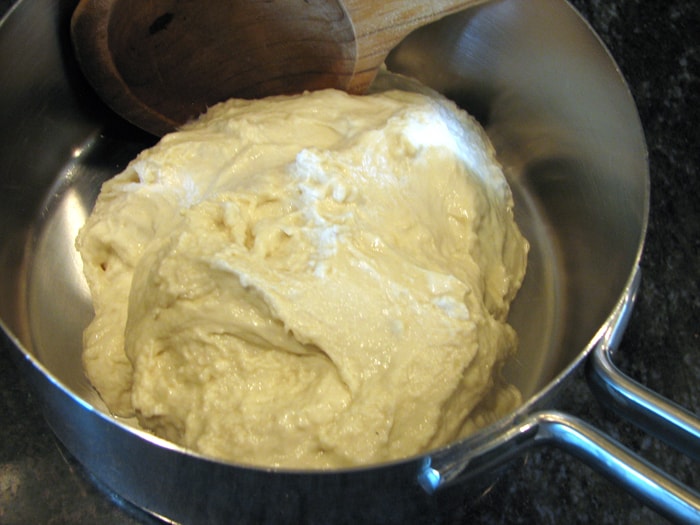
Ingredients
6 tablespoons unsalted butter, cut into pieces
1 teaspoon salt (eliminate if using salted butter)
Pinch each cayenne and nutmeg
1¼ cup white whole wheat flour
4 eggs
1 cup shredded Swiss or Gruyère cheese
1 cup crumbled goat cheese
For egg wash: 1 egg mixed with 2 tablespoons warm water
Instructions
- Preheat oven to 375°F. Lightly butter 2 baking sheets.
-
Step 3: beating in the first egg Bring 1 cup water to a boil in a large saucepan. Add butter, salt, cayenne, and nutmeg. When butter has melted, lower the heat. Add flour all at once. Stir well, beating vigorously with a wooden spoon until the flour is incorporated and forms a ball. This takes about 3 minutes.
- Remove from heat and let cool slightly. Place dough in a mixing bowl. Add eggs one at a time to the middle of the dough, beating thoroughly with an electric mixer before adding the next. The dough will be smooth and shiny.
- Add cheeses, beating gently with the mixer or by hand until cheese is just incorporated.
- Using a small ice cream scoop, drop balls of dough onto buttered baking sheets about 1 inch apart. Brush with egg wash.
- Bake 20 minutes, or until puffs are golden brown. Turn off the heat, but allow the gougères to rest for 5 minutes in the oven before serving.
AUTHOR’S NOTE
To choose your organically grown and fresh ingredients wisely, use the following criteria:
- chemical- and hormone-free meat
- wild-caught fish
- pasture-raised, organic eggs
- whole, unrefined grains
- virgin, unrefined, first-press organic oils
- whole-food, unrefined sweeteners
- pure, clean, spring water
- sea salt
- raw and/or cultured milk and cream products
Photos by Bill and Phyllis Quinn
 Get self-health education, nutrition resources, and a FREE copy of A Terrible Ten: Health Foods That Ain't ebook.
Get self-health education, nutrition resources, and a FREE copy of A Terrible Ten: Health Foods That Ain't ebook.
